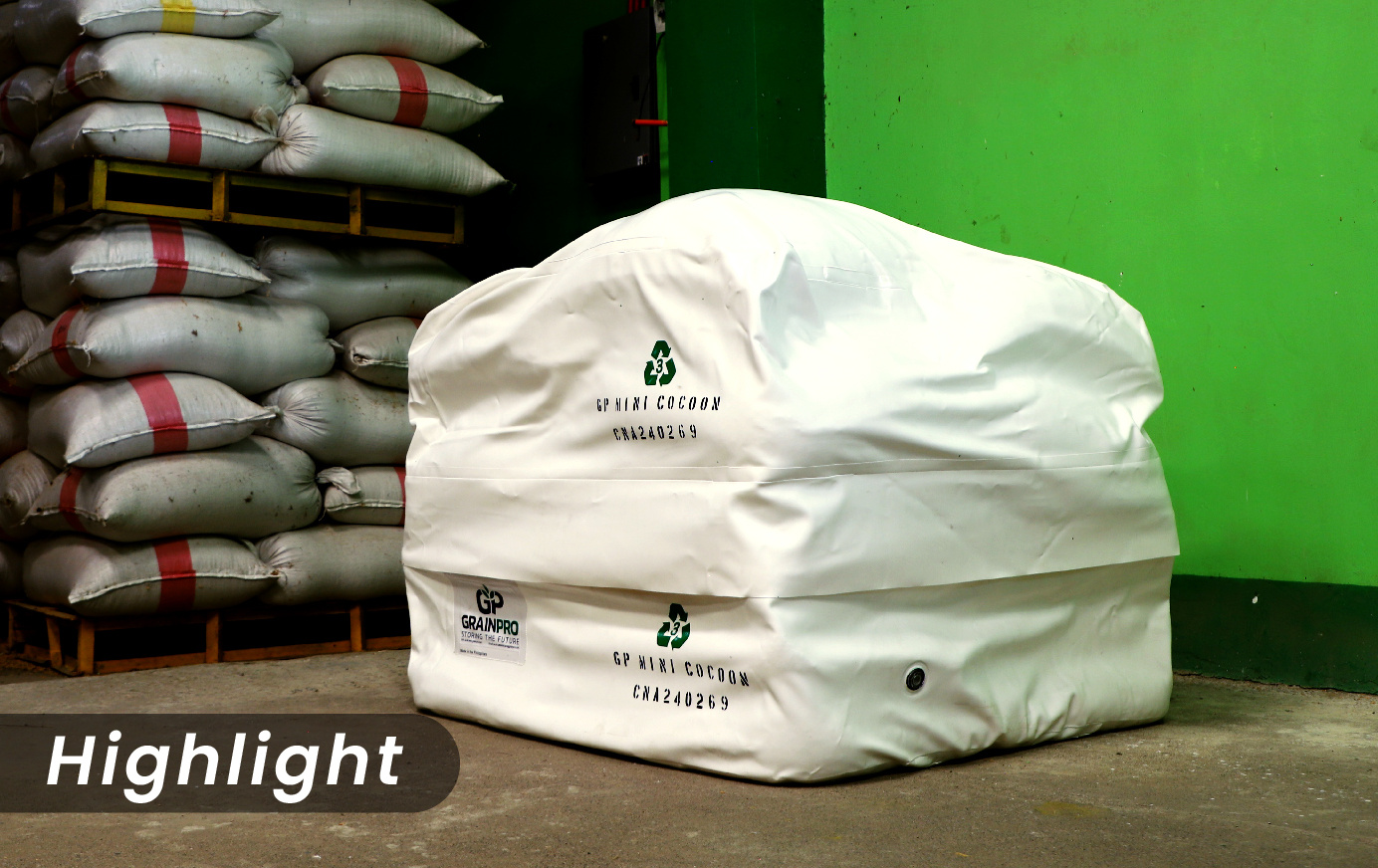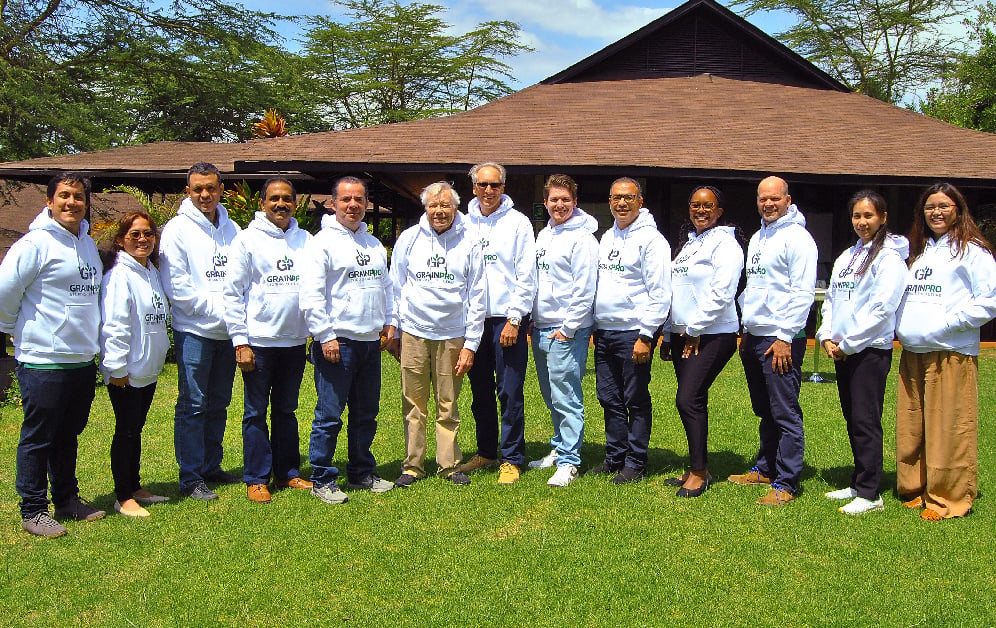There’s no doubt that one of the most beloved beverages available to us is coffee. The popularity of this drink has risen over the years and the boom of coffee experts and connoisseurs helped pave the way.
Many people enjoy coffee as a morning drink, and some of us even need coffee to function or get a jump start on our daily tasks. Coffee gives us the ‘buzz’ we need because it contains caffeine, which is a substance that stimulates the brain and creates the sensation of alertness.
Studies have also indicated that coffee can actually provide health benefits. Drinking multiple cups of coffee a day has been closely linked to lower risks of diabetes as well as protection against Parkinson's disease, experts report.
Aside from various health benefits, we also enjoy coffee as a cultural and experiential activity. Cafes, coffee bars, and coffee shops have been popping up all over the world and will continue to do so even more in the coming years.
In fact, coffee is so popular that the average number of cups drank daily is 2.25 billion cups globally. That’s a whopping 520 million liters that we drink every single day worldwide.
But what is it that makes coffee taste so good to us? And how do we really know good coffee bean quality?
Well, nowadays, coffee bean quality is determined using a number of different factors. Expert coffee graders use cupping scores to rank coffee and show how good, or bad, it is. On a 100-point scale with several coffee standards as a guide, a batch of coffee beans needs to score 80 or above to be considered specialty coffee.
Specialty coffee roasters also have to use separate standards for unroasted and roasted coffee, called green coffee standards and cupping standards, respectively.
Aside from the more technical criteria, you can also find out good quality coffee beans through their aroma, taste, and freshness. Many coffee drinkers experience floral notes in good coffee. A nutty, earthy, or fruity aftertaste can also be present in a cup of high-quality coffee.
Oftentimes, the coffee beans are known to be of good quality if the bitterness is pleasant, rather than rancid or sharp.
Coffee bean quality can also be determined by its color. Unroasted coffee beans, also known as green coffee beans, are somewhat pale, yellowish beige with just a hint of green.
Unroasted coffee beans that have black or dark brown spots are most likely damaged and would result in a low-quality roast and brew. These spots might be a sign of mold growth, which can contain toxic substances such as aflatoxin.
Learn more: Controlling Aflatoxin Through Improved Post-Harvest Practices
So, it's important to keep coffee beans from being damaged by mold and oxidation. Preserving all the good qualities of the coffee results in delicious cups that can give health benefits for us.
Coffee producers and traders use special storage and transport solutions to do this. Hermetic bags such as GrainPro Bags are popular and cost-effective options for storing coffee.
Inside hermetic bags, the coffee beans are protected from mold growth and oxidation because they're kept in a gas-tight and moisture-tight environment.
This means the aroma, taste, freshness, and all the goodness of the resulting brew will be preserved. Doing this is especially important if you're a specialty coffee drinker or barista, because of the demand for higher-quality cups and better brews. Even more so if you're planning to join in coffee scoring or 'cupping' competitions.
Learn more: 5 Post-Harvest Challenges of Specialty Coffee Roasters
With the help of GrainPro's technology, good coffee bean quality can be preserved and enjoyed worldwide.
To learn more about how Hermetic technology works, click the button below.
Date Published: January 13, 2020





